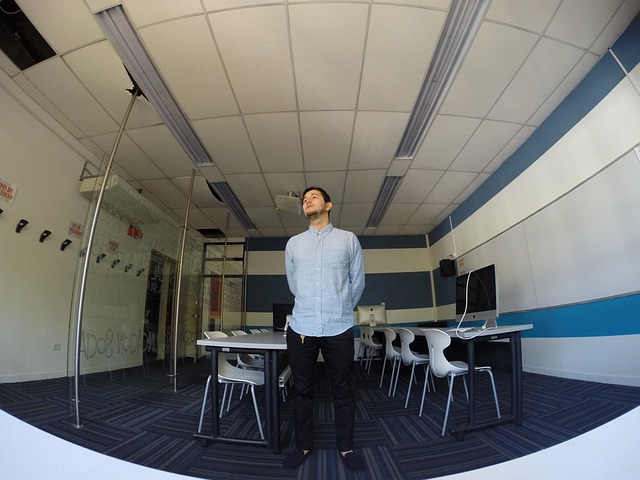Shared Office: What to Expect From Modern Coworking Spaces
Shared offices — often called coworking spaces — bring together independent workers, small teams, and remote employees in a single workspace. They offer more than desks: a curated reception area, shared amenities, flexible furniture, and integrated technology that support daily workflows. Understanding how these elements fit together can help individuals and small organizations choose the right shared office arrangement for their needs.

Reception and first impressions
A well-managed reception sets the tone for a shared office. Reception staff or a front desk service typically handles guest sign-ins, package management, and directional support for visitors. For many occupants, having a staffed reception improves professionalism when hosting clients and reduces administrative overhead for small teams. Even when a staffed receptionist is not present, clear signage and an organized entry area contribute to a positive first impression.
Reception services vary by provider and membership level. Some spaces include receptionist hours only on weekdays, while others provide 24/7 access with an automated check-in system. When evaluating a shared office, confirm what front-desk services are included and whether they align with your client-facing needs or security expectations.
Amenities that support productivity
Amenities in shared offices extend beyond coffee and snacks; they include meeting rooms, phone booths, printing services, and quiet zones. These features help maintain focus and enable different work modes, from collaborative brainstorming to concentrated solo work. Amenities can also include kitchen facilities, bike storage, and mail handling — conveniences that make daily routines easier.
Assess which amenities you actually use and whether they are included or require additional fees. Spaces that offer flexible meeting room booking systems and reliable printing often save members time and reduce the need for separate local services. Look for clear policies around shared resources to avoid scheduling conflicts and ensure equitable access.
Furniture choices and layout
Furniture and layout influence productivity and well-being. Ergonomic chairs, adjustable-height desks, and varied seating areas support comfort and reduce fatigue during long workdays. Open-plan desks encourage interaction, while dedicated private offices or booths provide necessary privacy for calls or sensitive work. The overall layout should balance collaboration zones with quiet areas.
When touring a shared office, test furniture for comfort and stability. Consider whether storage options meet your needs and if the layout can adapt as your team grows. Flexible furniture that can be reconfigured helps teams respond to changing projects and headcounts without needing a new lease.
Technology and connectivity
Reliable technology is a cornerstone of any shared office. Fast internet, secure Wi-Fi networks, and robust IT support keep teams productive. Many shared offices provide wired Ethernet drops, cloud-based phone systems, and video-conferencing setups in meeting rooms. Technology offerings can also include managed printers, guest networks, and single-sign-on authentication for member services.
Evaluate redundancy and security practices before committing. Ask about average bandwidth, peak-time performance, backup internet links, and data protection measures. For businesses handling sensitive information, features such as private VLANs, secure storage practices, and clear incident response policies are important to confirm.
Financial considerations and contracts
Financial arrangements for shared offices vary from hot-desk memberships and part-time plans to dedicated desks and private offices with monthly or yearly terms. Costs depend on location, included amenities, and contract length. Some providers bundle utilities, reception, and basic meeting room hours into one fee; others charge à la carte for additional services. Shorter commitments tend to cost more per month but offer flexibility, while longer contracts often reduce the monthly rate.
Before signing, clarify billing cycles, deposit requirements, cancellation terms, and any fees for overages such as extra meeting room hours or additional storage. Compare whether the price includes cleaning, maintenance, and utilities, or whether these are billed separately. Understanding all line items helps prevent unexpected financial surprises and supports accurate budgeting.
Conclusion
Shared offices combine reception services, practical amenities, adaptable furniture, and technology infrastructure to create flexible work environments for a range of users. Financial terms and the specific mix of services vary, so reviewing service inclusions, space layout, and technology capabilities is essential. Matching those details to your work habits and organizational needs will help determine whether a particular shared office is a suitable fit.






